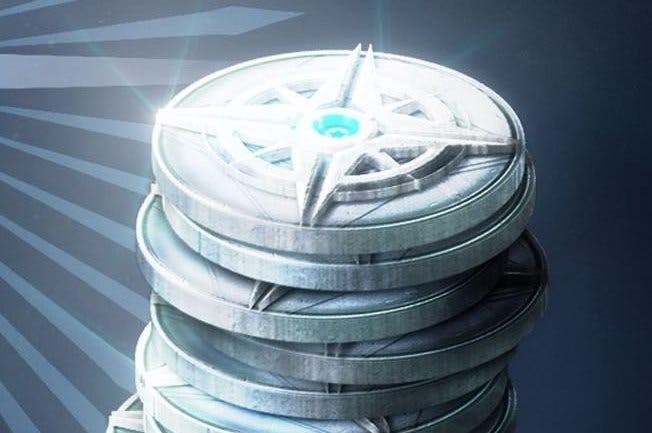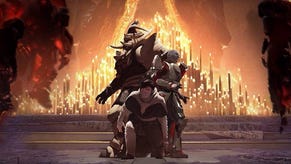The push and pull of Destiny's microtransactions
The Rise of Silver.
Next week marks a year since Bungie added a microtransaction store and its paid-for Silver currency into the world of Destiny.
With new expansion Rise of Iron released and its second weekly reset now settled onto servers, it's a good time to examine how Destiny continues to manage the impact of paid-for extras on its meticulous metagame while also having to cope with the continual strains of running a live game and keeping its ravenous fanbase happy.

Wrapped around the existing in-game character of Tess Everis and then given its own narrative backstory, Destiny's Eververse microtransaction store opened for business simply as a way to buy more Destiny emotes such as silly dances or gestures. (I bought the Carlton dance and still use it regularly).
But right from the off, there was the suggestion microtransactions would be later extended to encompass a wider range of items - as it quickly became apparent.
Microtransactions appeared in Destiny's second year as an alternative to the meaty £40 expansion pass which accompanied the vanilla game. Bungie had worked flat out to deliver the two DLC packs it had promised during Destiny's first 12 months but internally decided it could not work to the same rushed schedule again. Destiny still needed to be funded, however - hence, microtransactions.
How successful are Destiny's paid-for items and Silver currency? Bungie has never said. But last year, at least to start, resources seemed plentiful as Destiny received an enjoyable Festival of the Lost event and well-received Sparrow Racing feature.
Both used Eververse to sell blind bags of items, which players could purchase as many times as they wanted. This was the first big change from Eververse's initial offering, although the Halloween masks and Sparrows offered during these events remained entirely aesthetic choices.
February this year brought the game's next event, Crimson Days, a small and undercooked offering where you could gain a confectionary-themed Ghost shell. Eververse added new dance items, but nothing else. It seemed underfunded, but by now there had been word of a larger package of content coming in April.
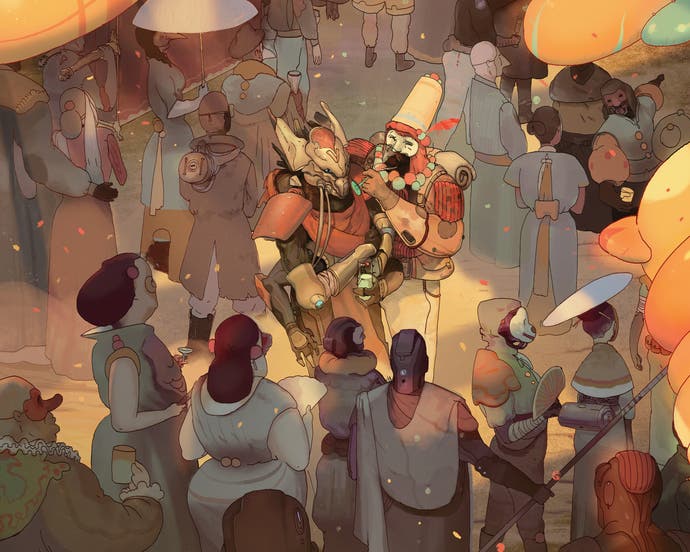
This addition - simply titled the April Update - added yet more new emotes but also, for the first time, a permanently-available blind box of loot to buy. Named Sterling Treasure, this contained a highly-desirable set of Taken armour, plus other gear and weapons which could be personalised with a fresh range of colour-changing consumables, Chroma.
Boxes could also contain ships, Sparrows, emblems and shaders - absolutely everything else in the game that was aesthetic, in other words. But the offering of actual weapons and armour via paid-for blind boxes was seen by some players as a watershed moment. Bungie responded with the argument that all Sterling Treasure gear had to be infused (combined with existing equipment) to be competitively useful, but others argued it encroached on the game's core shooting and looting design.
Destiny's best-looking gear has always been saved for its hardest challenges, and there was no way to gain the Taken set except through Sterling boxes. However, Bungie mitigated the effect of this by offering three Sterling boxes in the game each week (one from simply logging in, one from the Challenge of Elders mode, and one from playing the Crucible playlist). With such a steady stream of Sterling Treasure for regular players there was little advantage in rushing to buy more. I never felt the need to fork out for extra.
Which is perhaps why, with Rise of Iron, this generosity has been noticeably dialled back. Sterling Treasure boxes have been cut to one per week (via Challenge of Elders completion), although it's likely most people now have everything they want.
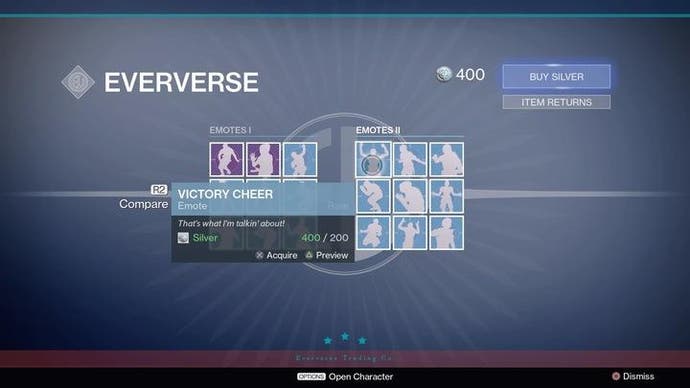
The main issue is with Radiant Treasures, the second permanently-offered blind box which Bungie has now added. These offer a new consumable currency, Silver Dust, and the chance for exotic weapon ornaments - weapon skins, essentially.
Just one Radiant Treasure box is available per week, and the current amount of Silver Dust needed to buy a specific weapon ornament (25) feels exorbitantly high. You receive just five Silver Dust from dismantling an ornament you don't want (or have already) and a single lump of Silver Dust from opening a Radiant Treasure box. That's five weeks of opening the one free box per week just to buy the ornament you actually want - or you pay for more boxes to speed up the process.
Oh, and if you want the new Gjallarwing Sparrow you'll want a full 75 Silver Dust, which is astonishingly expensive.
Yet another change with Rise of Iron is the ability to buy campaign and multiplayer reputation boosters, which multiply the experience you get while playing the game. There are ways of getting these naturally, but with Rise of Iron's agonisingly slow loot grind, the increased rate of getting a rank up reward by using a booster item becomes a real bonus.
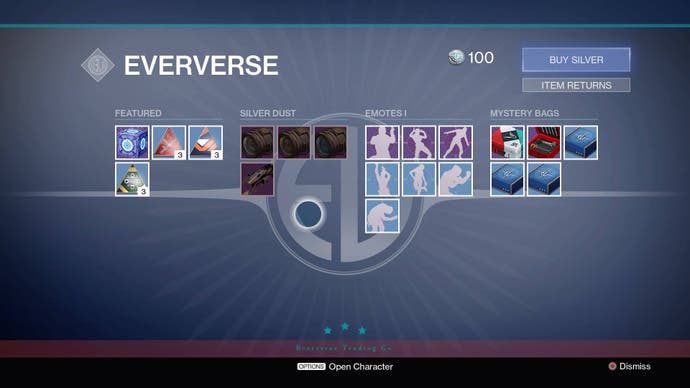
And yet - it's worth going back to how Bungie originally described Eververse when it cautiously introduced the concept to players:
"If you're not interested in what Tess has to offer, you won't ever be forced to pluck an item off of her shelf. You'll still receive updates to the game, and you won't lose a Crucible encounter or fail to clear a Raid because you didn't have the right Eververse Trading Company emote equipped.
"Our plan is to use these new items to bolster the service provided by our live team for another full year, as they grow and create more robust and engaging events that we'll announce later this year. It has been, and continues to be, our goal to deliver updates to the game. Going forward, our live team is also looking to grow beyond vital updates and improvements to focus on world events, experiences, and feature requests."
Nothing directly contravenes this still, although now more than ever you can feel the pressure within Bungie to offer a wider range of features up for sale. Compare Eververse's catalogue of initial offerings with the bazaar of options available today. Compare the generosity of Sterling Treasures in April to the scant availability of Radiant Treasure boxes now, and the high prices of weapon ornaments. The amount of Silver currency or Silver Dust needed to purchase a particular ornament in Rise of Iron is particularly eye-opening.
This autumn will see new Festival of the Lost and Sparrow Racing events added to the game, which are far more likely to tempt me. If the format is the same as last year then all players will be able to participate, with those who pay a little real-world money simply getting more out of the experience - a Record Book to memorialise their experience, for example. If Destiny is going to continue offering microtransactions then that should be the area it focuses on - rather than introducing new items which are extremely difficult to obtain via other means. Players can only wait to see how this will continue to evolve over the course of this year, and what lessons may be applied to Destiny 2.
